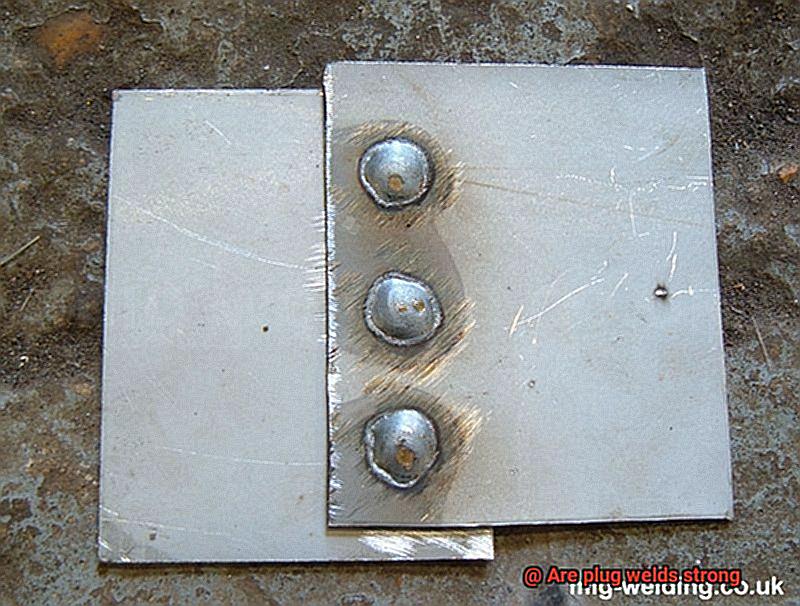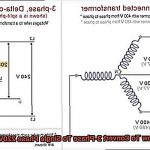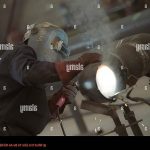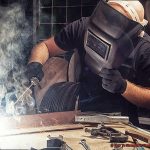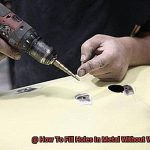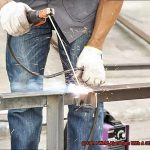Welding is an art that requires precision and skill. There are numerous welding techniques available to join metal parts together, but one method that has sparked controversy in the welding community is plug welding. The burning question on everyone’s mind is, “Are plug welds strong enough?” The answer isn’t as simple as a yes or no, as several factors come into play.
Picture this: you’re designing a vehicle that needs to endure extreme forces and rough usage. One of the key aspects of such a project is ensuring a robust and durable joint capable of holding various parts together. Plug welding comes in handy here – it involves drilling holes in two metal parts and then joining them by inserting a welding rod through the holes and welding the adjacent surfaces together.
But how strong are these welds? Factors such as metal quality, hole size, welding technique, and welder experience all impact the strength of plug welds. In this blog post, we will delve deeper into these factors and explore the strength of plug welds in different applications. By the end of it, you’ll have a clear understanding of whether or not plug welds can meet your next project’s requirements.
Factors Affecting the Strength of Plug Welds
Contents
Plug welding is a popular method of joining two metal surfaces together. However, the strength of a plug weld can be affected by several factors. Let’s explore these factors and find out how to achieve strong and durable plug welds.
Firstly, the type of material being welded is an essential factor that affects the strength of plug welds. If the base metal is weak, then the plug weld will be weak as well. To ensure better results, it’s vital to choose high-strength materials for plug welding.
Secondly, the diameter of the hole drilled in the base metal also affects the strength of a plug weld. A hole that’s too small may lead to incomplete penetration and inadequate fusion between the two surfaces, resulting in weak welds. On the other hand, a hole that’s too large may cause warping or distortion of the workpiece.
Thirdly, the size of the weld plays a crucial role in determining its strength. The weld size should be appropriate for the thickness and strength of the base metals being joined. A larger weld size can result in higher strength; however, it may also increase heat input and cause distortion or warping.
Lastly, the welding technique used to create plug welds can also affect their strength. Improper alignment, excessive heat input, and inadequate cleaning may lead to weak welds. To achieve strong plug welds, it’s essential to use proper welding techniques, including proper electrode selection, correct amperage settings, and adequate cleaning.
Advantages and Disadvantages of Plug Welds
Plug welding might be the right option for you. However, before making that decision, it’s crucial to weigh the advantages and disadvantages of this welding technique.
Firstly, plug welding is highly cost-effective. Unlike other welding methods, it doesn’t require any specialized equipment, making it a quick and easy process that won’t break the bank. Additionally, when done correctly, plug welds can offer high levels of durability and strength, making them a reliable option for various applications.
Another significant advantage of plug welding is its versatility. It can be used on different materials and thicknesses, making it ideal for different industries. Plus, it’s a straightforward process that doesn’t require extensive training or experience, making it accessible to many welders.
However, there are some limitations to plug welding that you should consider. One disadvantage is its limited access requirement. It requires access to both sides of the joint, which can be challenging in tight or hard-to-reach spaces.
Additionally, while plug welds can offer high levels of strength and durability, they may not be as strong as other methods such as fillet or butt welding.
Lastly, the appearance of plug welds may not be as aesthetically pleasing as other methods since they create visible plugs on the surface of the metal.
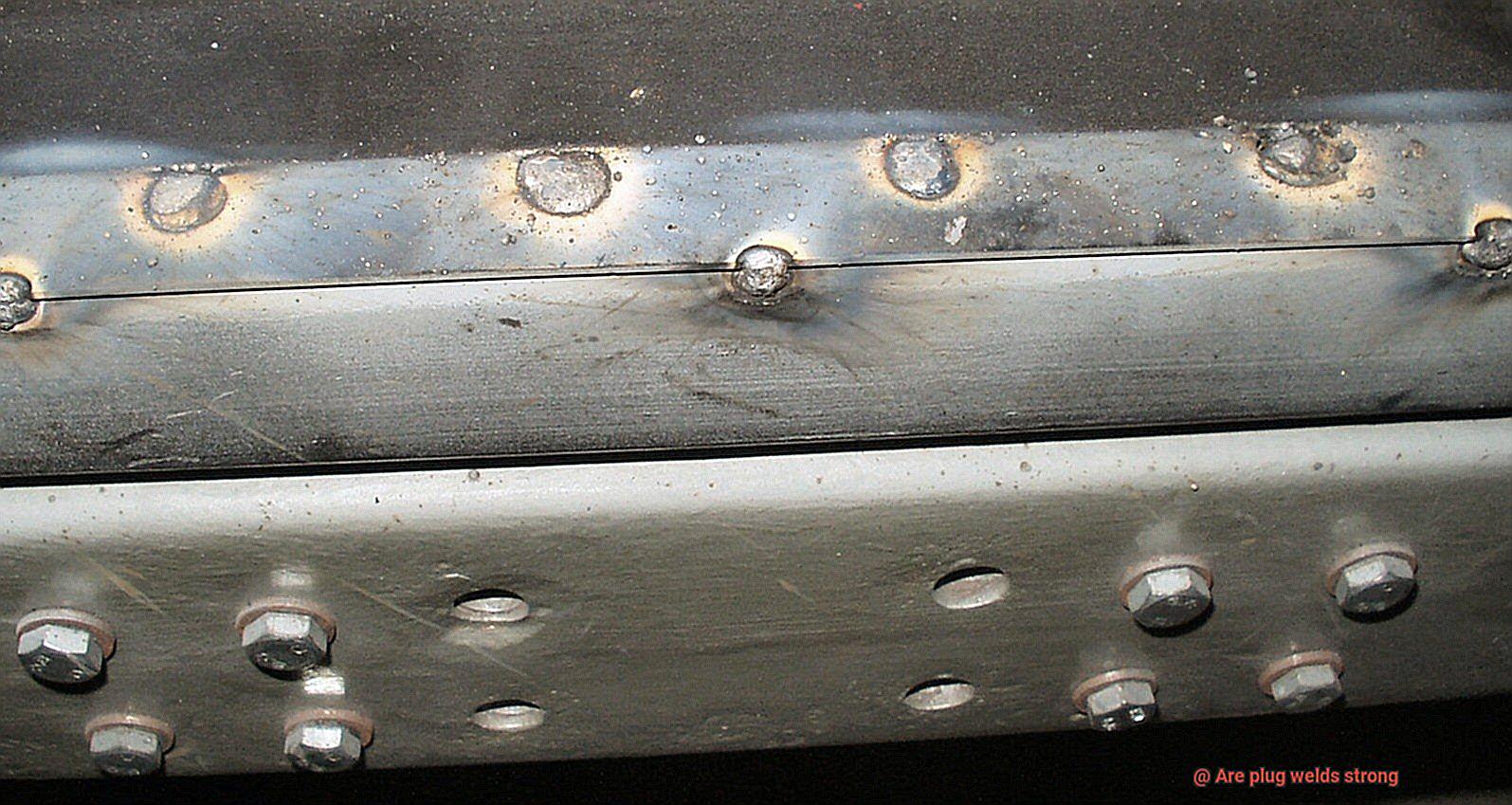
The Process of Plug Welding
Look no further than plug welding. This technique is commonly used in automotive and structural applications, where reliable and cost-effective joining of two pieces of metal is essential.
Before starting the process, it’s crucial to prepare the surfaces by cleaning the area and drilling a hole in one of the metals. A small amount of welding material is then placed into the hole, and the second piece is clamped down securely.
Once everything is set, heat up the metal around the hole with a welding torch. As the material in the hole melts, it fuses with the second piece of metal. Add more welding material to build up the weld until it’s flush with the surface of the metal. Voila. The two pieces are firmly joined together.
While plug welding has its limitations compared to other methods, such as fillet or butt welding, it’s an excellent option for applications with limited access requirements. However, it’s essential to note that proper execution of this welding technique is crucial for ensuring that plug welds are strong enough for their intended use.
Safety Considerations for Plug Welding
It’s important to never forget that safety should always come first when working with heat and electricity.
One of the most crucial safety considerations for plug welding is proper ventilation. The process of welding produces fumes that can be harmful if inhaled, so it’s essential to work in a well-ventilated area or use a ventilation system to eliminate the fumes from the work area. Additionally, wearing a respirator or other appropriate breathing protection is vital to prevent inhaling harmful substances.
Another safety consideration is protecting against electrical shock. Plug welding requires the use of electricity, which means there is always a risk of electrical shock if proper precautions are not taken. To eliminate this risk, it’s important to ensure that all equipment is properly grounded and that all electrical connections are secure.
Welding also produces intense light that can damage eyesight, so protective clothing and equipment should be worn at all times. This includes gloves, aprons, and eye protection such as a welding helmet or goggles. Proper eye protection can prevent temporary or even permanent damage to your eyesight.
Lastly, proper handling and storing of welding equipment and materials is essential for maintaining safety. It’s important to keep flammable materials away from the work area, properly store gas cylinders, and ensure that all equipment is in good working condition before use. Any defects in equipment or materials can cause accidents leading to severe injuries.
Common Applications for Plug Welds
The reason for this is that plug welds provide a robust and durable bond that can withstand regular use. Whether it’s a car door or a trunk lid, plug welds offer a reliable solution to hold these pieces together.
Moving on to the construction industry, plug welds are utilized to connect structural steel members together. This is because plug welds provide a high-strength connection that can withstand heavy loads and stresses. When it comes to large structures like bridges or buildings, plug welds offer a sturdy solution to keep them upright and secure.
Lastly, plug welds are also widely used in the manufacturing industry for various applications, such as joining metal brackets and components together. This highlights how versatile plug welds can be in different settings and industries.
It is crucial to remember that proper welding techniques and procedures must be followed to ensure the strength and integrity of the joint. Safety should always be a top priority when using plug welds or any other welding technique. Proper ventilation, appropriate protective gear, grounded electrical equipment, and careful handling of materials must all be observed to prevent accidents that could lead to severe injuries.
How to Ensure a Strong Plug Weld
Preparation is Key
It all starts with preparation. Properly cleaning and preparing the surfaces that will be welded can make all the difference. This involves removing any rust, paint, or other contaminants that could interfere with the weld.
Also, make sure to properly bevel or chamfer the edges of the metal to allow for proper penetration and fusion. Trust me; taking these extra steps will pay off in the long run.
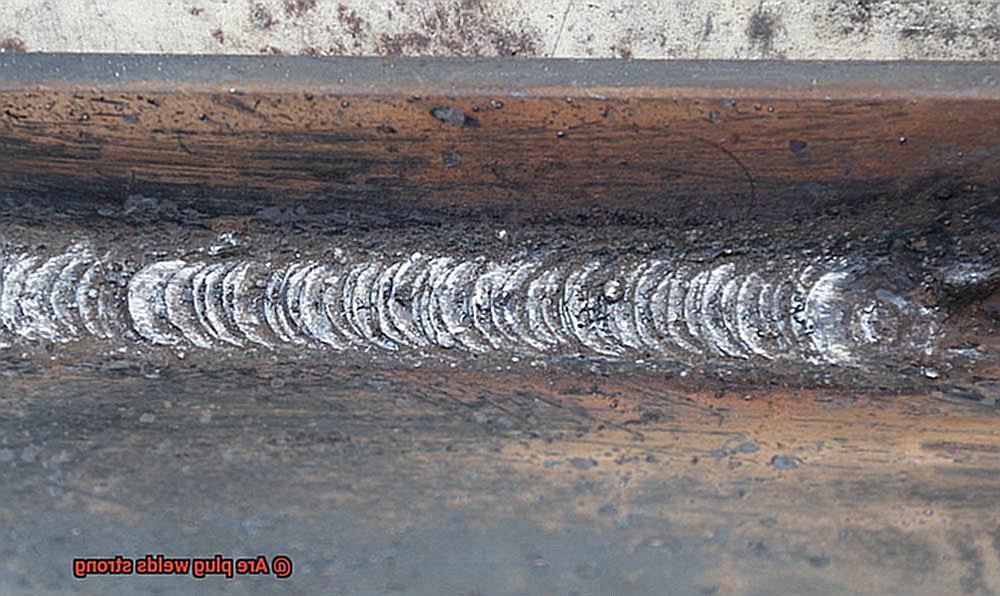
Choose the Right Electrode
Selecting the correct electrode for the job is crucial. The electrode must provide enough heat to create a strong weld without burning through the metal. It’s essential to choose an electrode size based on the thickness of the metal being welded.
Using an electrode that’s too small can lead to weak welds, while using one that’s too large can cause burn-through.
Technique is Everything
Proper technique is essential for creating a strong plug weld. Maintaining a consistent distance between the electrode and the metal being welded, as well as ensuring that the weld pool is evenly distributed across the joint, are both critical factors to consider.
It may take some time to master these techniques, but it’s worth it in the end.
Cool Down Before Handling
Finally, make sure to allow your weld to properly cool before handling or applying any additional stress. Rapid cooling can cause the metal to become brittle and weaken the weld. A good rule of thumb is to wait at least 10-15 minutes before handling your workpiece.
Finish and Inspect Your Welds
After welding, any excess material should be ground down and smoothed out to ensure a flush finish. The welds should also be inspected visually and with non-destructive testing methods such as x-ray or ultrasonic testing to ensure that they meet industry standards for strength and integrity.
Taking the time to finish and inspect your welds can help prevent future issues and ensure optimal performance.
388I5kqKlgo” >
Conclusion
In summary, plug welding is a cost-effective and versatile method for joining metal surfaces together. However, the strength of plug welds depends on various factors such as material type, hole size, weld size, and welding technique. While plug welding has its advantages such as durability, it also has limitations like limited access requirements and less aesthetically pleasing appearance.
Proper preparation of the surfaces to be welded is crucial for achieving strong plug welds. Selecting the right electrode size and maintaining consistent distance between the electrode and metal being welded are also essential factors in producing robust welds.
It’s vital to allow time for cooling before handling or applying additional stress to prevent weakening of the weld.
Safety considerations are paramount when working with heat and electricity. Proper ventilation, protective gear, grounded electrical equipment, and careful handling of materials must all be observed to prevent accidents that could lead to severe injuries.
Overall, plug welding can be an excellent option for various industries like automotive, construction, and manufacturing.
